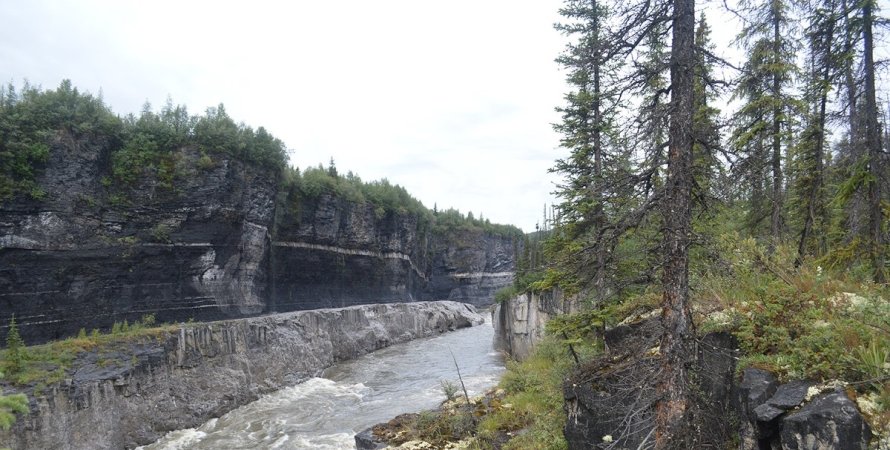The main feature of this place is that it covers the Paleozoic, a rather important and interesting, but poorly preserved era.
Paleontologists’ glimpse of the past is usually a series of photographs, brief moments in time, when suitable conditions arose for the formation of animal or plant fossils in a certain area, writes IFLS.
However, now scientists have found a place where the development of life over 120 million years is recorded. Moreover, it covers the Paleozoic, a particularly important but poorly preserved era. The only problem is that this treasure is located in one of the most inaccessible places on Earth.
According to the researchers, on the banks of the Peel River, which flows further north into the Mackenzie Delta, rocks have been discovered that fix life on the ocean floor 490-370 million years ago.
“Nowhere else in the world is there a place where one could study such a long history of the Earth, where the depth of water or the type of pool would hardly change,” says Dr. Eric Sperling of Stanford University.
Even when the conditions are initially suitable for the formation of fossils, geological processes usually destroy what is left, leaving only scattered records for scientists.
The Peel River deposits begin in the Upper Cambrian, when oxygen was too scarce to support many animals, and ends in the Middle Devonian, when fish invaded the seas.
Further study should tell a lot about the species that then lived in these seas, which at that time were not at the edge of the Arctic Circle.
On the early Earth, there was practically no oxygen in the atmosphere and oceans. Oxygen catastrophe – a global change in the composition of the Earth’s atmosphere, which occurred at the very beginning of the Proterozoic during the Sideria period about 2.5-2.2 billion years ago, changed the situation, but there was still not enough oxygen to support modern rapidly developing, active life.
The timing of the second big change, when the oxygen concentration approached today’s values, is also an under-explored area.
Solving this question can tell a lot about the ability of various species to survive in low oxygen conditions. The study authors conclude that the atmosphere approached its current state later than previously thought.
“The early animals lived in a low oxygen world. As valuable as this information was, it wasn’t easy for us,” Sperling concluded.












